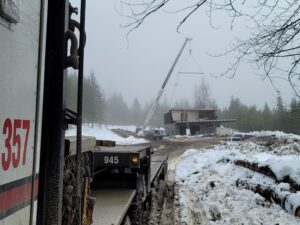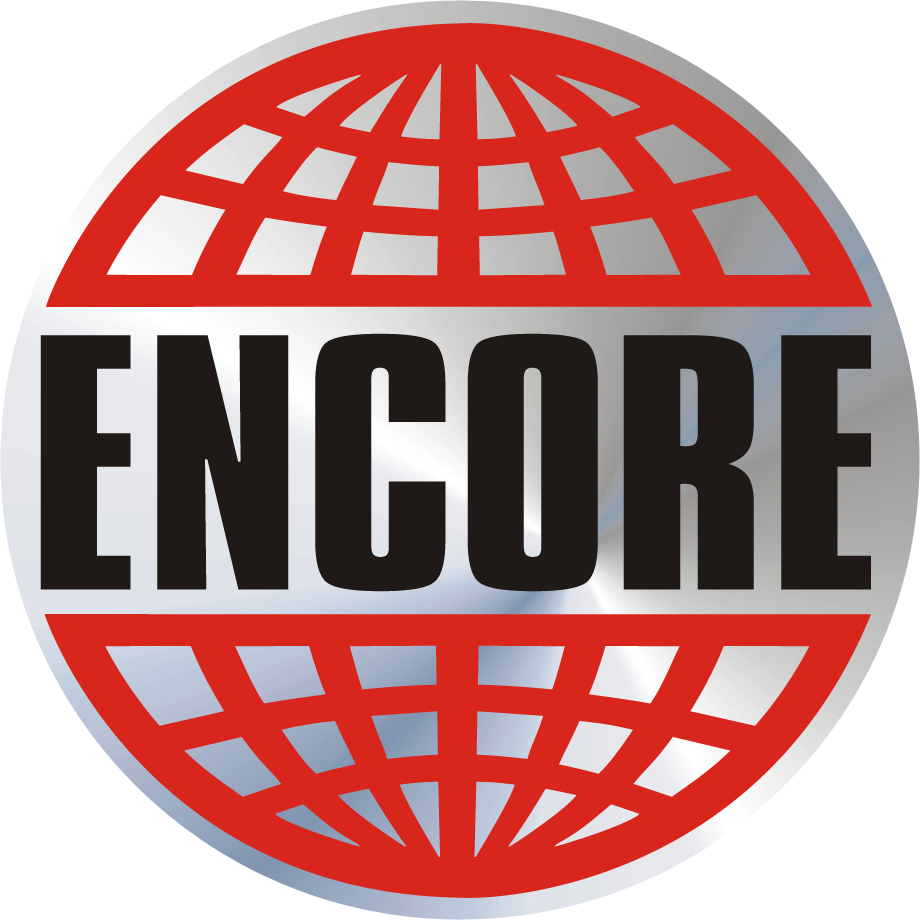How does Encore work in the winter? How do they get their units started in -30 to 40 degrees Celsius below?
When the ‘winds of November come calling’, you better be ready.
Not just the operators, but the gear.
When Winter comes
Encore is fortunate enough in the capital district to have enough available garages and indoor storage to put nearly everything we need for the next day inside. A warm truck in the morning is a wonderful thing. It is truly the LAST piece of a cold war plan, for how to cope with Canadian winters. But a tough, expensive fix. You need land, buildings, insulation, heat, big doors, and lights; it’s a solution that takes years to acquire. Unless Daddy gives you the money. That only happens on TV.
I’m afraid, in most cases; ‘you the daddy’. But we worked for years with minimal indoor access. We had good block heaters, extra pan heaters, and systems that recharge batteries as they heat the blocks, and on top of these, we installed pro heat systems that heated the coolant lines and flowed that warm fluid thru the engine. We treat the fuel with winter additives that protect us from possible water in the fuel lines freezing overnight, or even en route and shutting down the unit. That’s a real nightmare.
We had total electrical shutoffs installed so even if we left a light on, our batteries would still hold a charge. The trucks and engines were specked with cold weather packages, larger heaters, fans, Teflon hoses, higher temp thermostats, engine fronts, and sometimes belly tarps.
Winter work is different

Our people are given generous boot allowances so they have cold weather footwear, and we issue sheepskin balaclavas, winter coveralls, arctic mitts, hand and feet warmers, ice cleats, and additional chains for the trucks: rear triples of course but also front steering chain for the worst of icy conditions.
Every fall we do a complete fleet check of every tire we own. They are measured and evaluated and we change all rolling gear to a more robust winter standard. We use aggressive grips that are not conducive to saving fuel, but their extra traction keeps our units on the roads and our people safe.
We meet crews all over the province, every day. Rain, snow, sleet, and the dreaded ice rain. Alberta is so large that delivery can run thru several forms of geography, and multiple types of weather. We are prepared, but even the best of plans need some discretion.
If our crews are caught in the icy hell of an iced road, we have to rethink the work. Many times a few hours can soften the ice sheet, or allow the crews to get their sand on the road. But our crews know they have our back if they feel the trip is too dangerous to proceed.
Our people and our choices
We count on our people to do the right thing and make sure they understand thru our safety meeting discussions and our driver protocols that their safety is the main issue (so easy to say, but it is a lot of work, and constant effort, to get this employee engagement Encore has developed.). When is the last time you saw one of our trucks in the ditch?
Probably never.
Our maintenance program keeps a lighter hydraulic fluid in our cranes for winter temperatures and the quirky computer components and remote controls have preheaters in their cases. The newer folding cranes have arctic systems that we know work above the arctic circle. Given some time to warm the fluids and valves, they work in the coldest of conditions but we adjust the lifting charts by 25-50% as the temperature drops.
And that is the basics of how we approach winter. Mostly it’s a lot of work and a chore that we stay on from November thru March. We can’t control the weather, but we can get prepared to deal with it.
